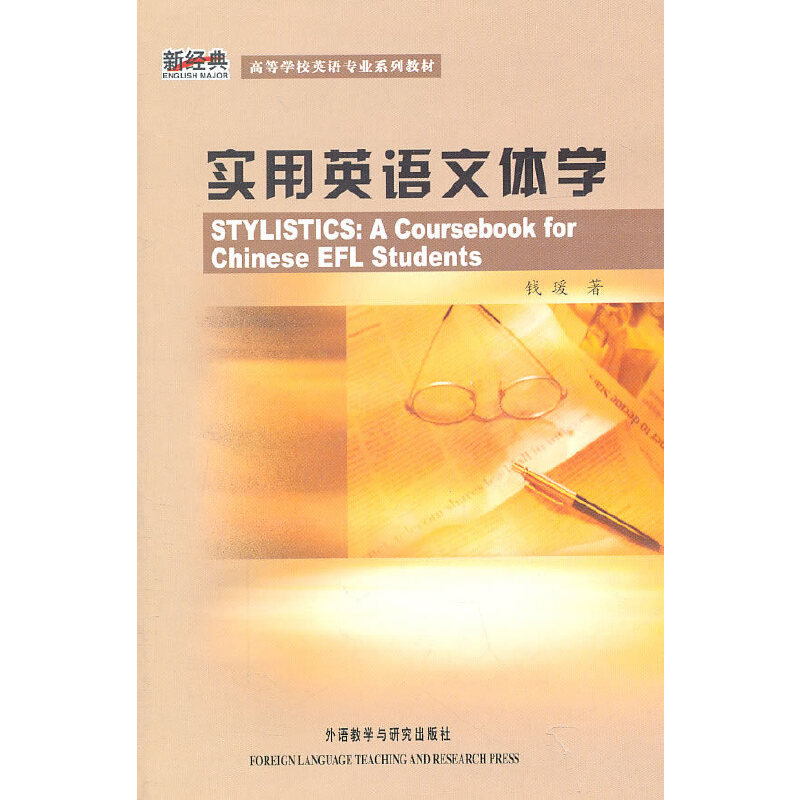- 中国铁道出版社
- 9787113208219
- 1版
- 189799
- 0042182811-2
- 胶订装
- 16开
- 2016年7月
- 143
- 102
- F23
- 经济管理
- 高职高专
目录
Section 1 Introduction to the Concepts of Accounting and Finance
Part 1 Learn to Identify Transaction Elements
1.1 What is Accounting?
1.2 Types of Business Organisations
1.3 Users of Accounting Information
1.4 Accounting Conventions
Part 2 The Accounting Equation
2.1 The Accounting Equation
2.2 What does the Accounting Equation mean?
2.3 Transactions and the Accounting Equation
Section 2 Introduction to the Double Entry Accounting Process
Part 3 Principles of Double Entry Bookkeeping
3.1 The Accounting Cycle
3.2 The Rules of Debit and Credit
3.3 Chart of Accounts
Section 3 Analysis of Business Transactions
Part 4 Current Assets
4.1 Cash
4.2 Trading Securities
4.3 Accounts Receivable
4.4 Notes Receivable
4.5 Inventory
Part 5 Non-current Assets
5.1 Acquisition cost
5.2 Depreciation
5.3 Intangible assets
5.4 Bad Debts and Doubtful Debts
Part 6 Liabihties
6.1 Definition
6.2 Typical types of Current Liabilities
6.3 Non-Current Liabilities
Part 7 Owner' s Equity
7.1 Shares Issue
7.2 Retained Earnings
7.3 Dividend
7.4 Other Reserves
7.5 Income Taxes by Companies
Section 4 Introduction to Financial Statements
Part 8 Financial Statements
8.1 Terms and Principles
8.2 Preparation of Final Reports
8.3 Income Statement
8.4 Balance Sheet
8.5 Statement of Cash Flows
Answers to Exercises
参考文献
Part 1 Learn to Identify Transaction Elements
1.1 What is Accounting?
1.2 Types of Business Organisations
1.3 Users of Accounting Information
1.4 Accounting Conventions
Part 2 The Accounting Equation
2.1 The Accounting Equation
2.2 What does the Accounting Equation mean?
2.3 Transactions and the Accounting Equation
Section 2 Introduction to the Double Entry Accounting Process
Part 3 Principles of Double Entry Bookkeeping
3.1 The Accounting Cycle
3.2 The Rules of Debit and Credit
3.3 Chart of Accounts
Section 3 Analysis of Business Transactions
Part 4 Current Assets
4.1 Cash
4.2 Trading Securities
4.3 Accounts Receivable
4.4 Notes Receivable
4.5 Inventory
Part 5 Non-current Assets
5.1 Acquisition cost
5.2 Depreciation
5.3 Intangible assets
5.4 Bad Debts and Doubtful Debts
Part 6 Liabihties
6.1 Definition
6.2 Typical types of Current Liabilities
6.3 Non-Current Liabilities
Part 7 Owner' s Equity
7.1 Shares Issue
7.2 Retained Earnings
7.3 Dividend
7.4 Other Reserves
7.5 Income Taxes by Companies
Section 4 Introduction to Financial Statements
Part 8 Financial Statements
8.1 Terms and Principles
8.2 Preparation of Final Reports
8.3 Income Statement
8.4 Balance Sheet
8.5 Statement of Cash Flows
Answers to Exercises
参考文献










